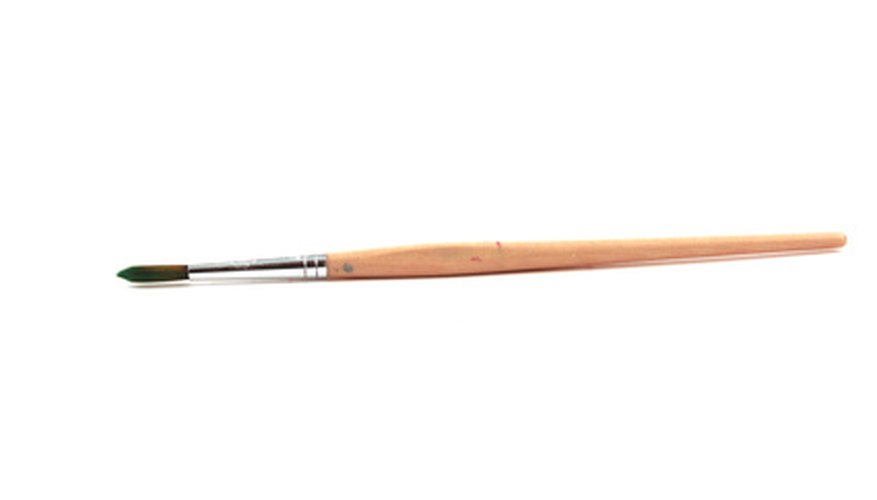The stage is an illusion. When we go the theatre, we go with the understanding that we will be witnessing something that is inherently make-believe. Stage props are generally constructed with this in mind. They are not intended to function as their counterparts in the real world do. The first step in designing any scenic element or large-scale prop for the stage is to determine the style you want. If complete realism is your goal, consider finding a stage that will hold an actual car. Most stage props have an almost cartoon-like quality, which is part of the charm of live theatre.
- When we go the theatre, we go with the understanding that we will be witnessing something that is inherently make-believe.
- Most stage props have an almost cartoon-like quality, which is part of the charm of live theatre.
Choose a car to model. You may not be accurately representing the exact dimensions and expressing every detail in photographic quality, but having an idea to base your design on is a good first step. Find a good profile or straight front view, depending on how it will be used, of the car in question. Create a simple colouring-book-style outline drawing of your car on white paper with a crisp black outline.
Project the image of the car outline in the size you want onto a sheet of 3/4-inch plywood with an opaque projector, available at an art-supply store, and use a marker to draw it on the plywood. These projectors require complete darkness and can use a paper image, photograph or book to create a projection.
- You may not be accurately representing the exact dimensions and expressing every detail in photographic quality, but having an idea to base your design on is a good first step.
- Project the image of the car outline in the size you want onto a sheet of 3/4-inch plywood with an opaque projector, available at an art-supply store, and use a marker to draw it on the plywood.
Cut the profile out of the plywood using a jigsaw. Move the saw at a steady rate and use a fine tooth blade at full speed for a clean cut with a minimum of splintering. Cut out the doors and windows only if you will need to see inside.
Sand the cutout with a 100-grit belt on a belt sander to prep the surface for painting. Brush on the paint with a fine-bristle brush, blocking in all of the major colours first, as you would in a colour book. Use an artist brush and mix a small amount of each colour used on the car in paper cups. Mix one cup of each colour with one part white paint to two parts colour, and a cup with black in the same proportions.
Apply the lightened version of each colour to that colour on the car in areas where the street lights or sun might cause a highlight, or reflection. Apply it lightly, allowing the base colour to show through. Do the opposite with the darker versions of your colours, applying them wherever the street lights or sun would cause shadows. This will help give the car dimension.
- Sand the cutout with a 100-grit belt on a belt sander to prep the surface for painting.
- Apply the lightened version of each colour to that colour on the car in areas where the street lights or sun might cause a highlight, or reflection.
Attach the cutout to the front or side of a rolling platform, or wagon, which most theatres and schools have in their inventory, using 6-inch L brackets. Add a bench or chairs for the actors. Roll the car in during a blackout, when the lights are off, and remove it the same way.
